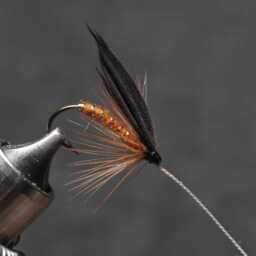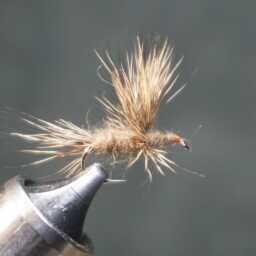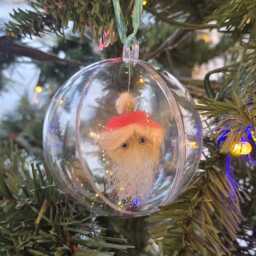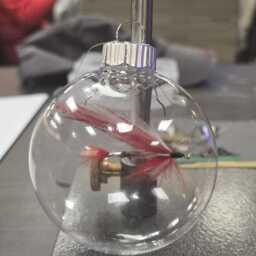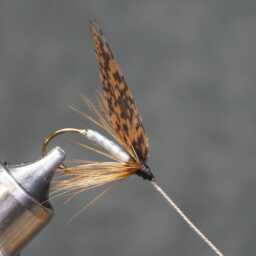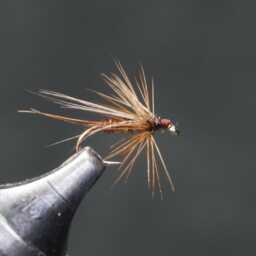The technique of marrying wings involves seamlessly joining different feathers, initially for aesthetics in traditional salmon flies, but it soon proved practical, mimicking aquatic prey and attracting fish effectively. Over time, this method evolved, becoming a fundamental aspect of fly tying, merging tradition with contemporary usability.
Feather choice is crucial; for instance, the Goose shoulder offers varied lengths catering to different fly sizes. Its longer fibers suit larger flies, while shorter sections work for average sizes, making it a reliable material for intricate married wings.
For beginners, counting fibers is helpful initially, akin to training wheels. However, with experience, especially in certain patterns, it becomes less necessary. Clipping the goose shoulder properly, ensuring clear back and front sides for wings, is key.
Alignment is crucial when dealing with individual fibers, where tools like the Bodkin guide, count, and maintain their alignment. Recognizing feather distinctions, such as the peacock’s thick feathers, emphasizes looking towards the base for more refined and manageable fibers when blending them with others like a goose shoulder.
« Back to Glossary Index


